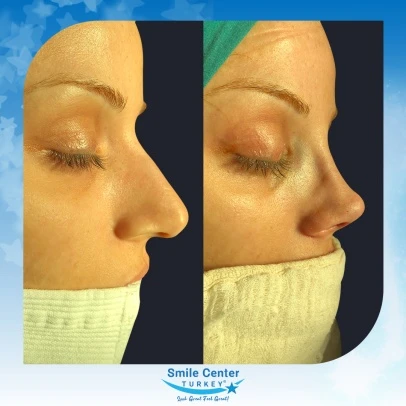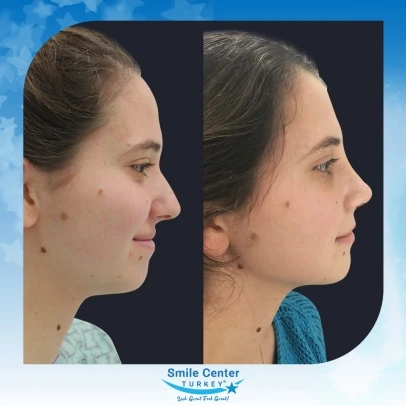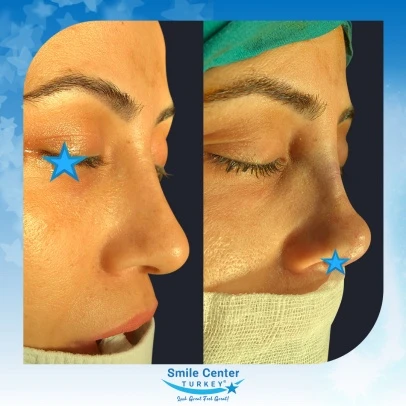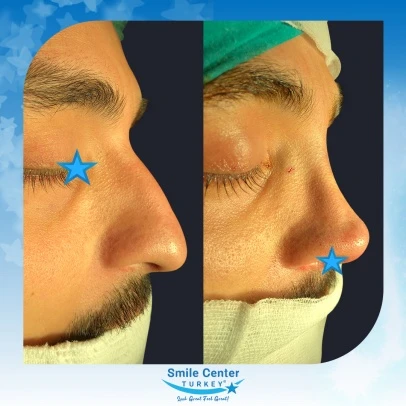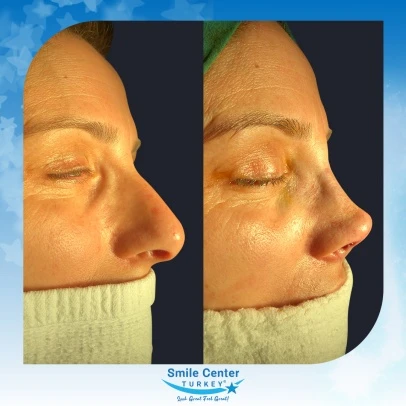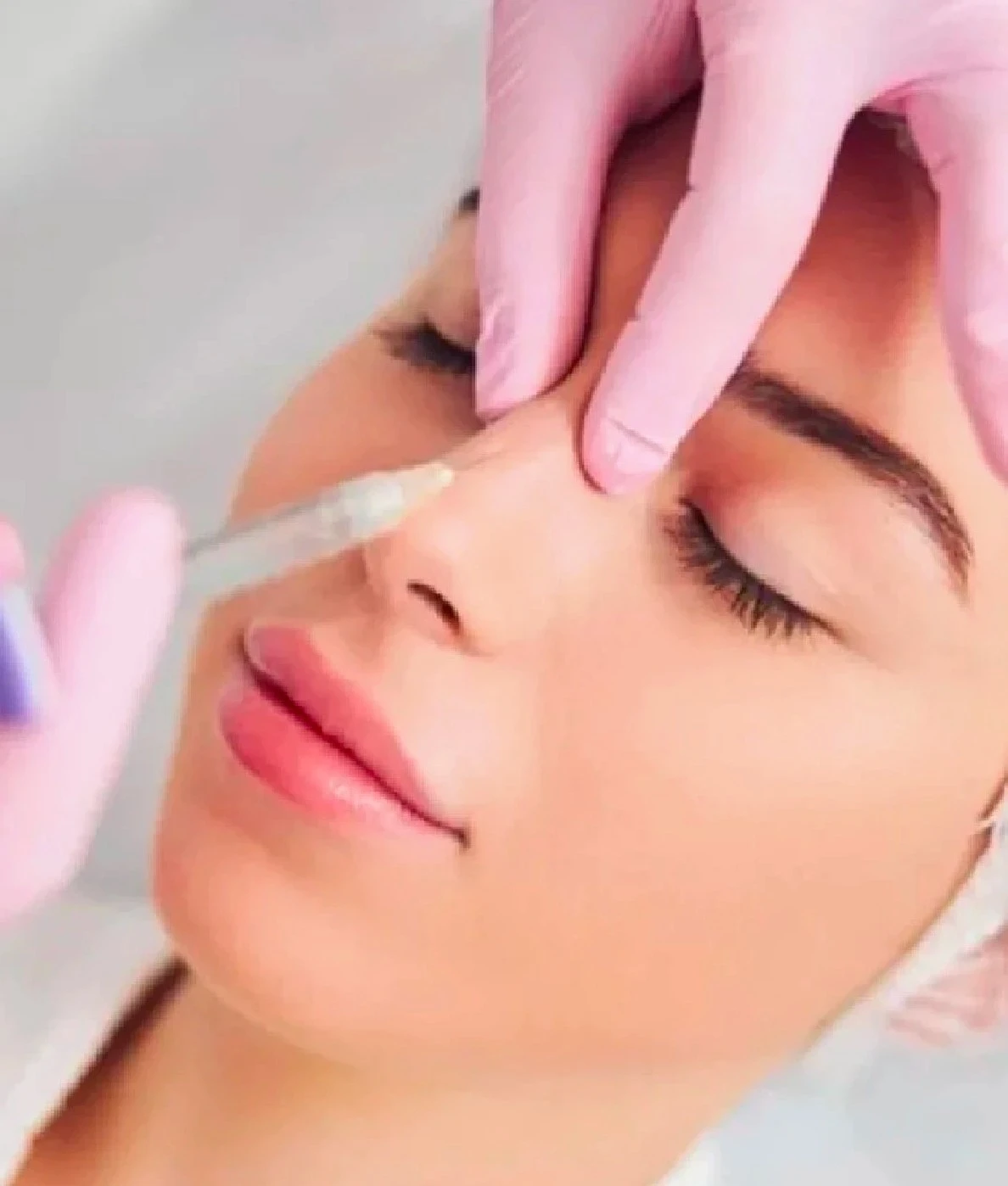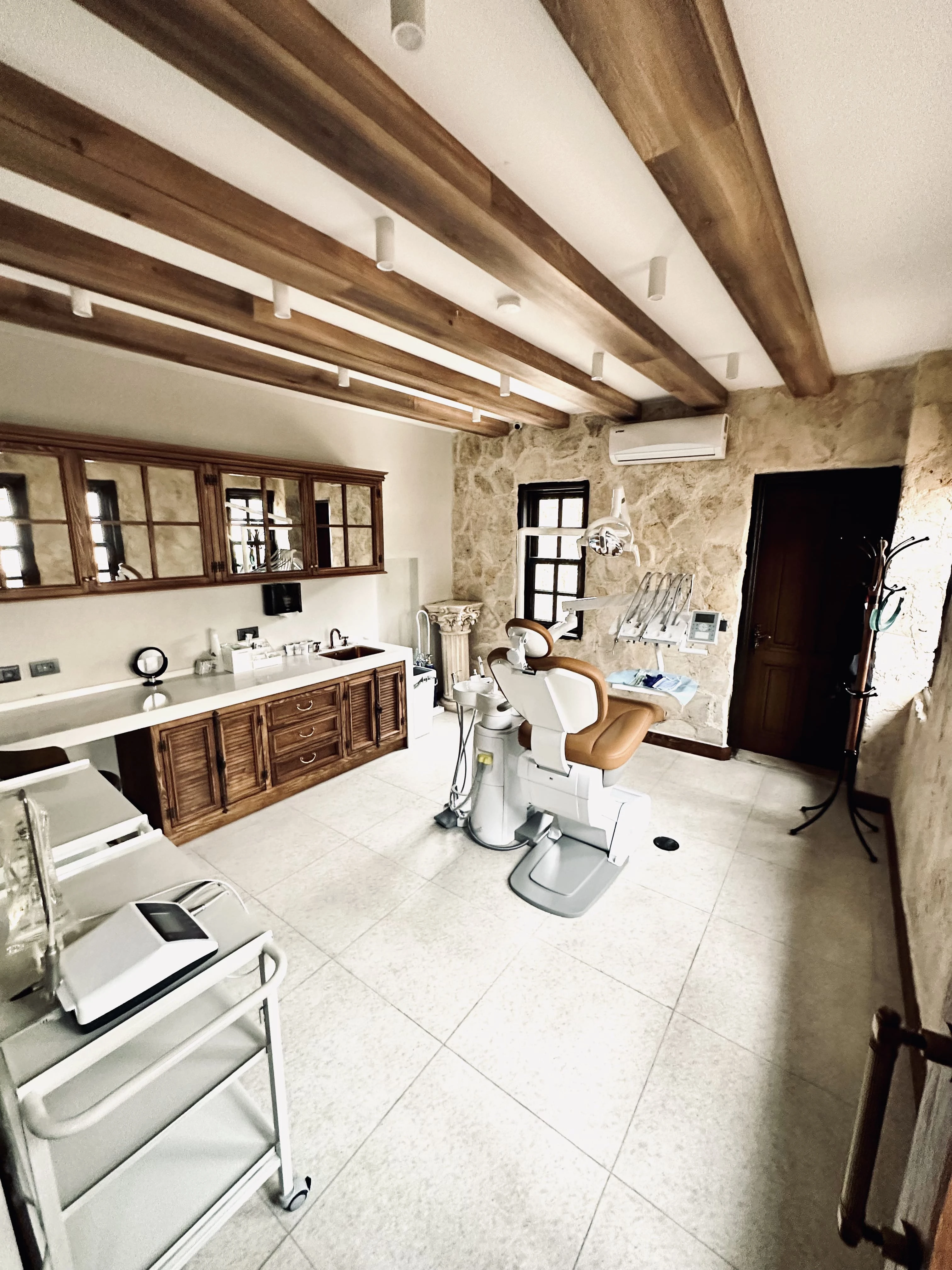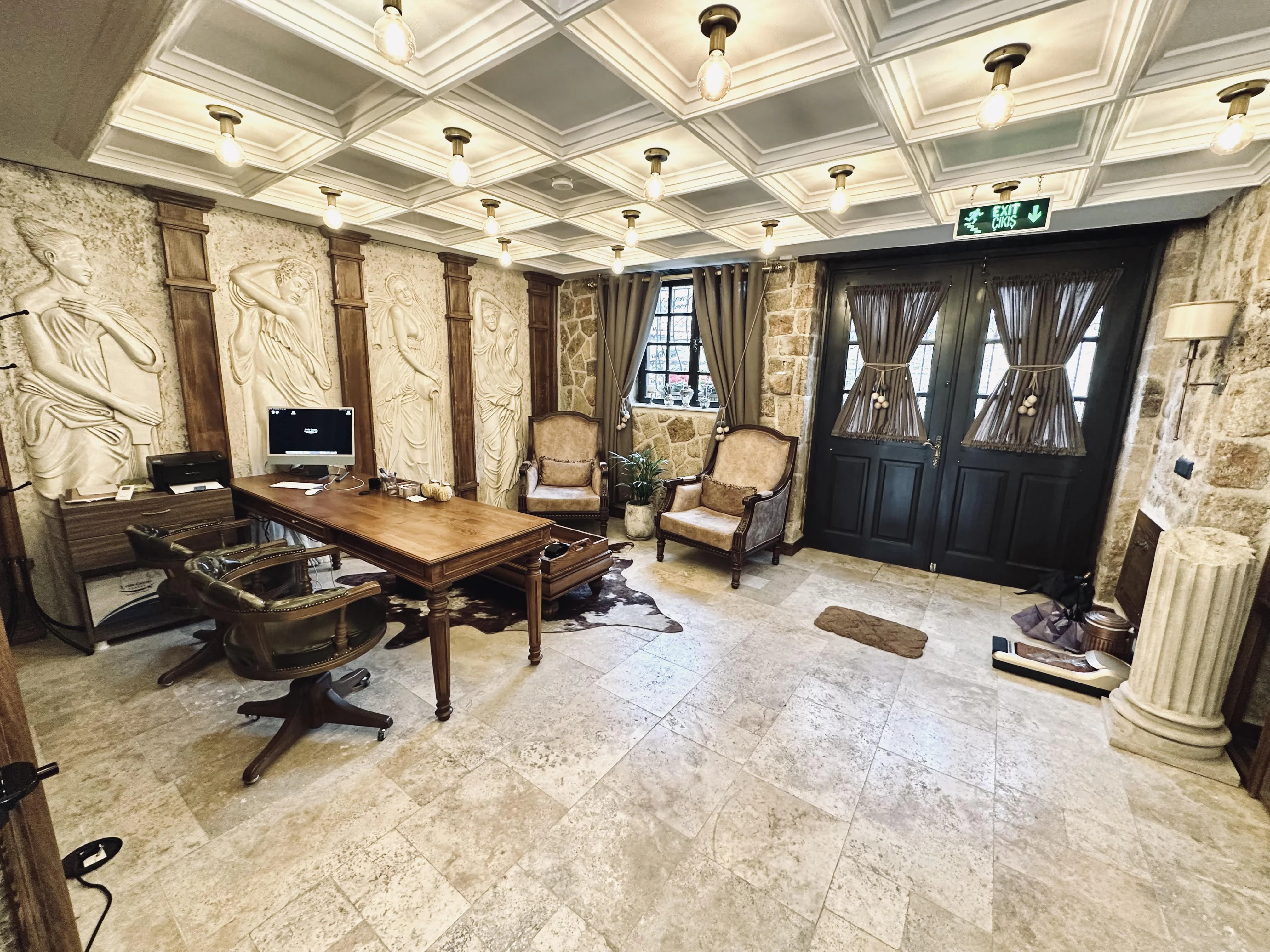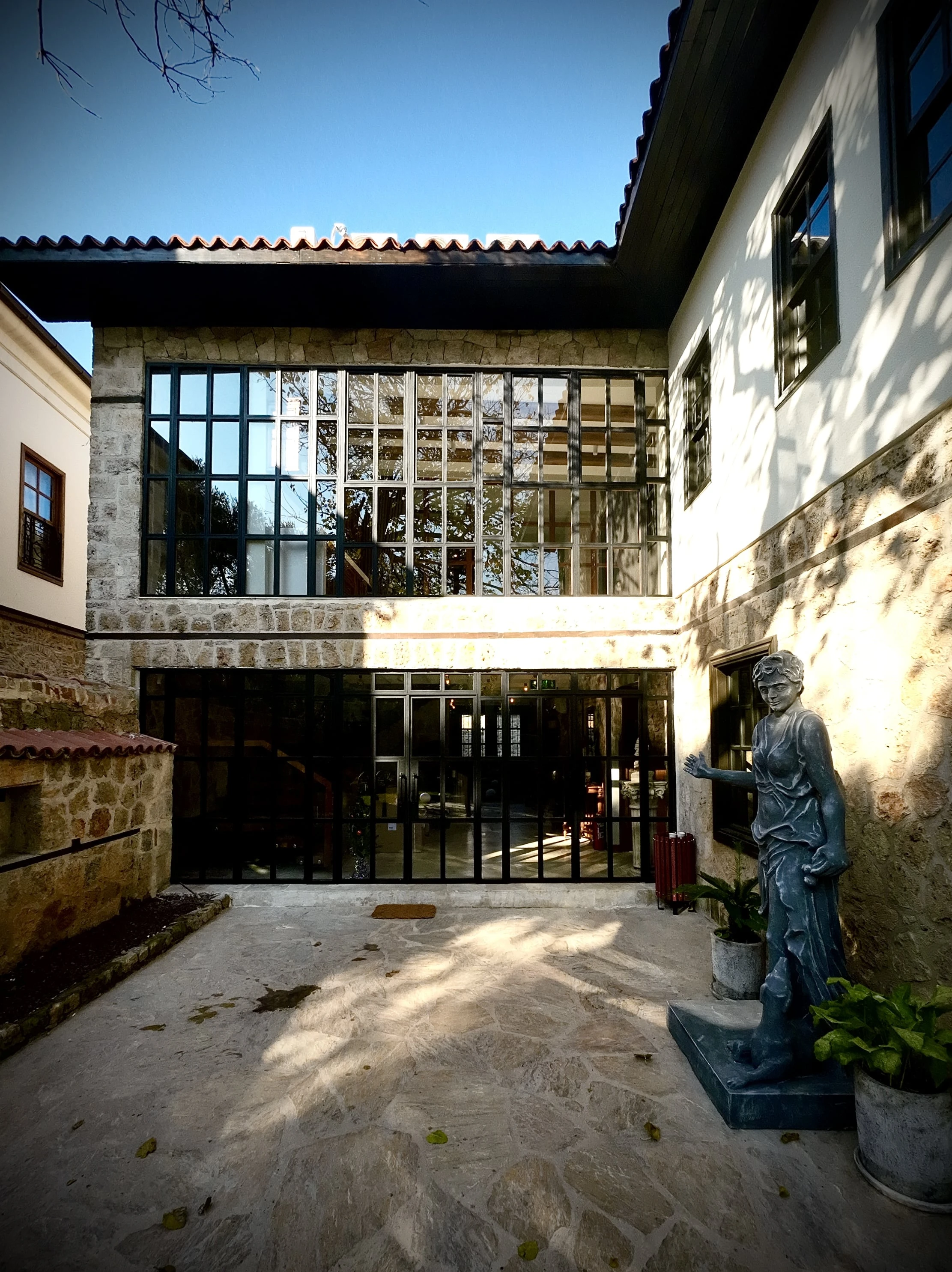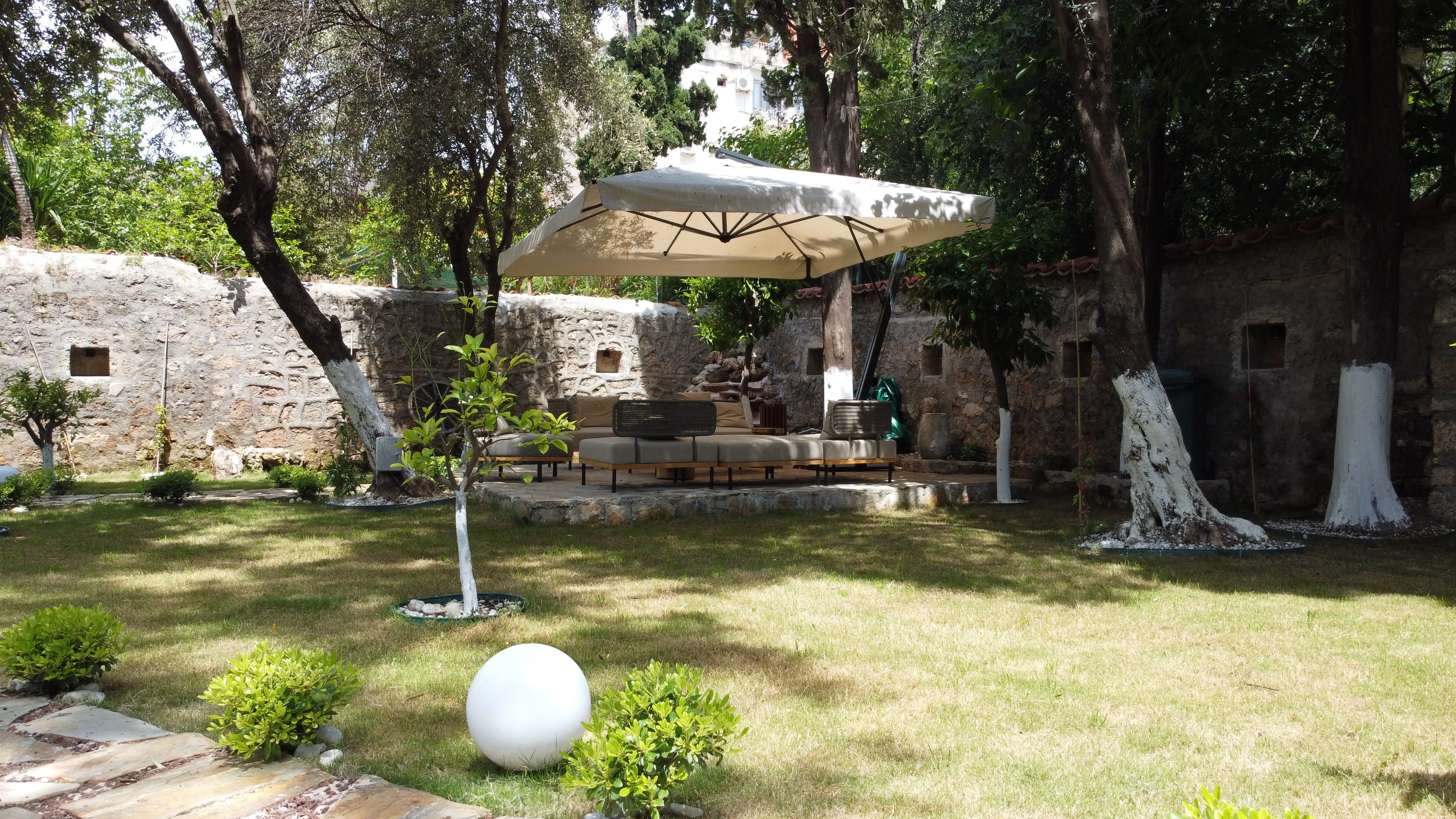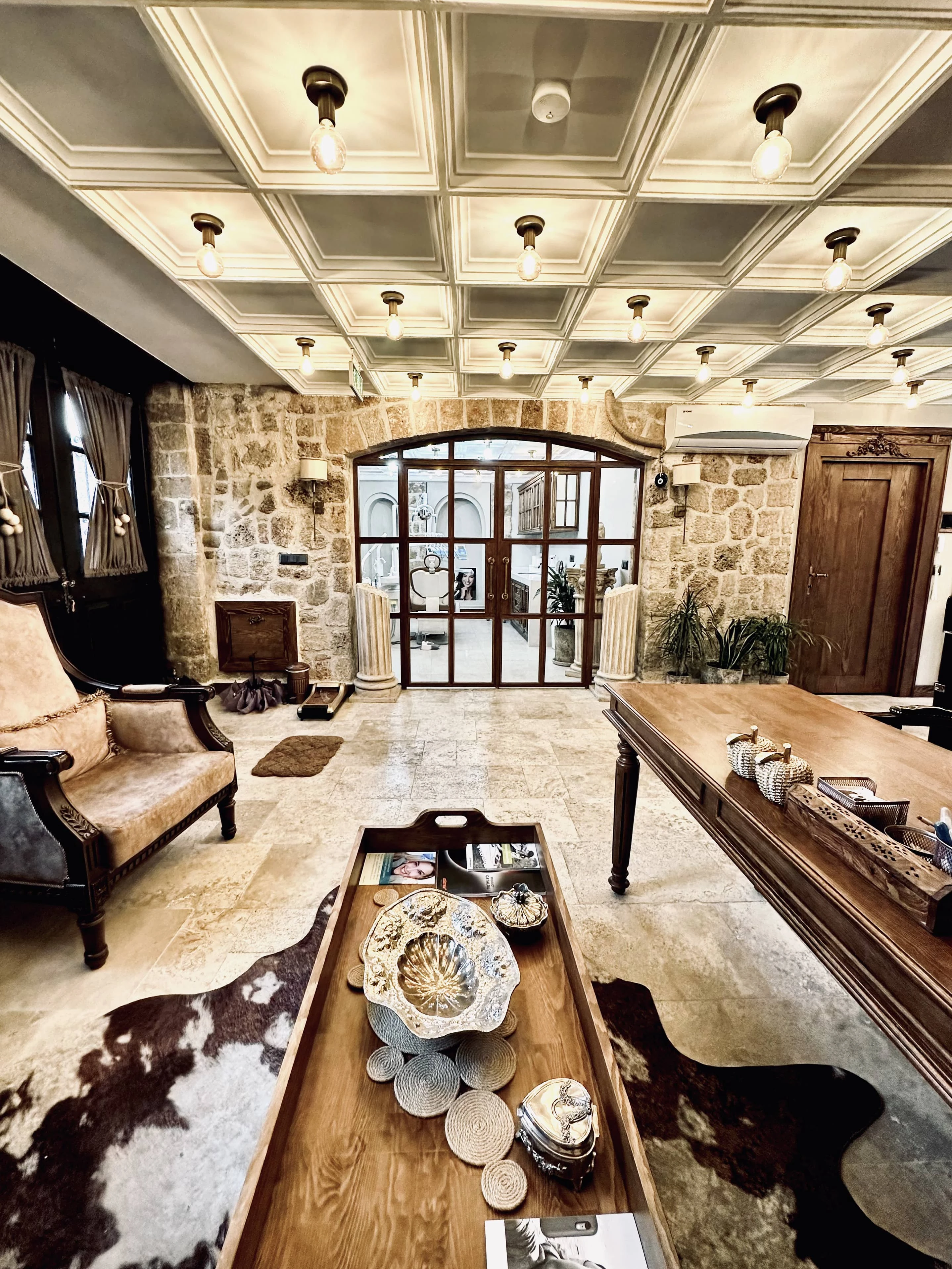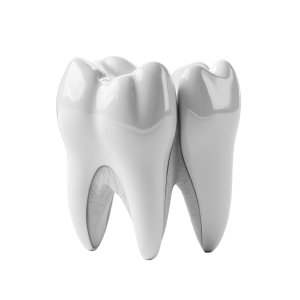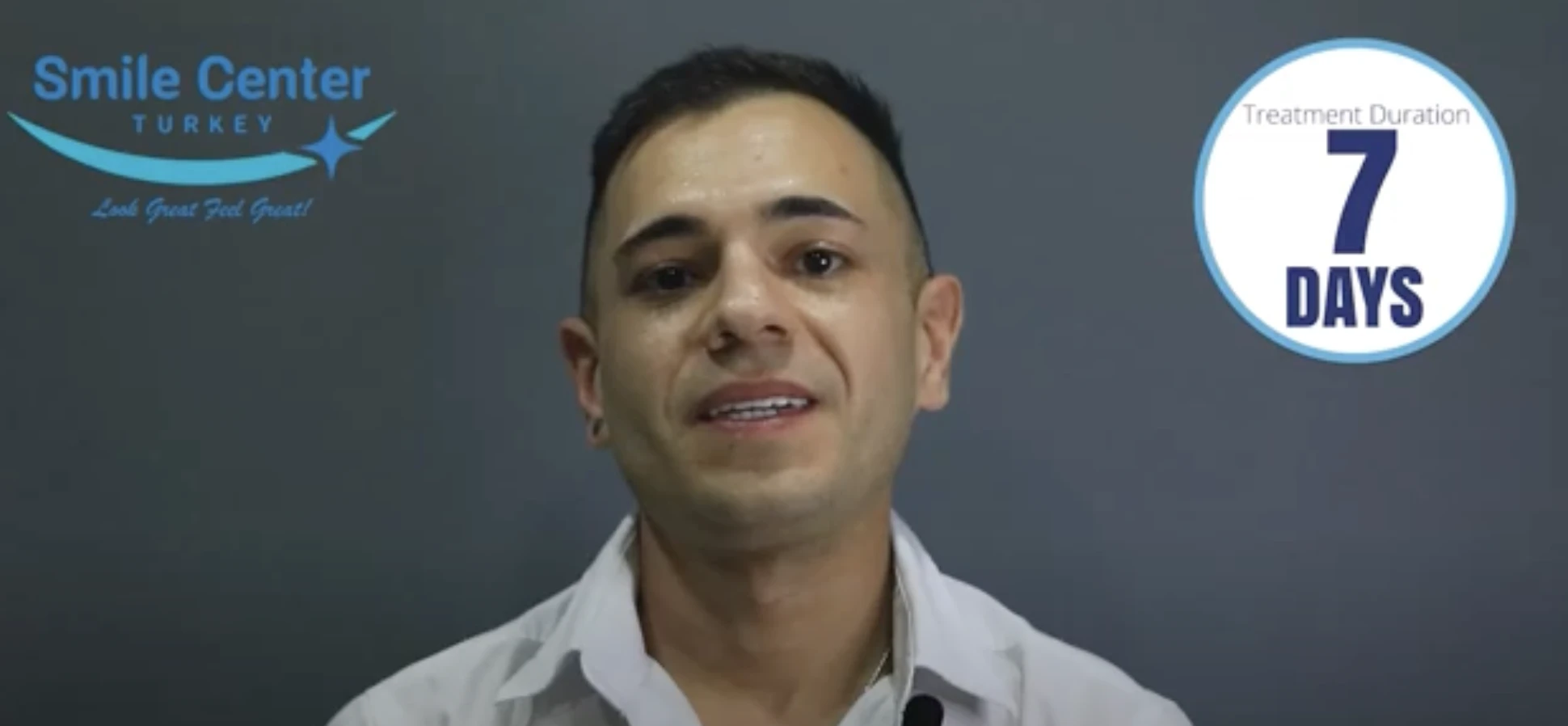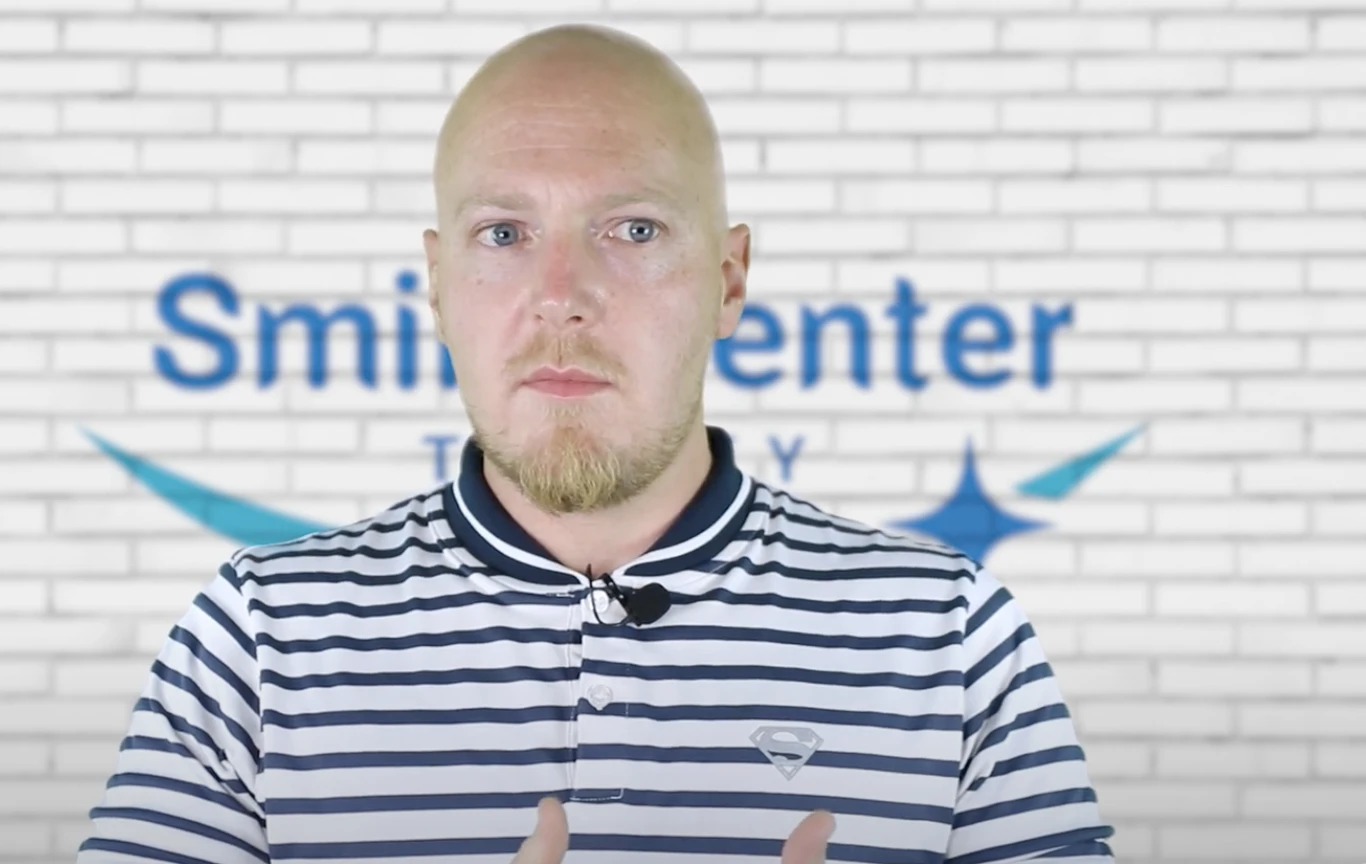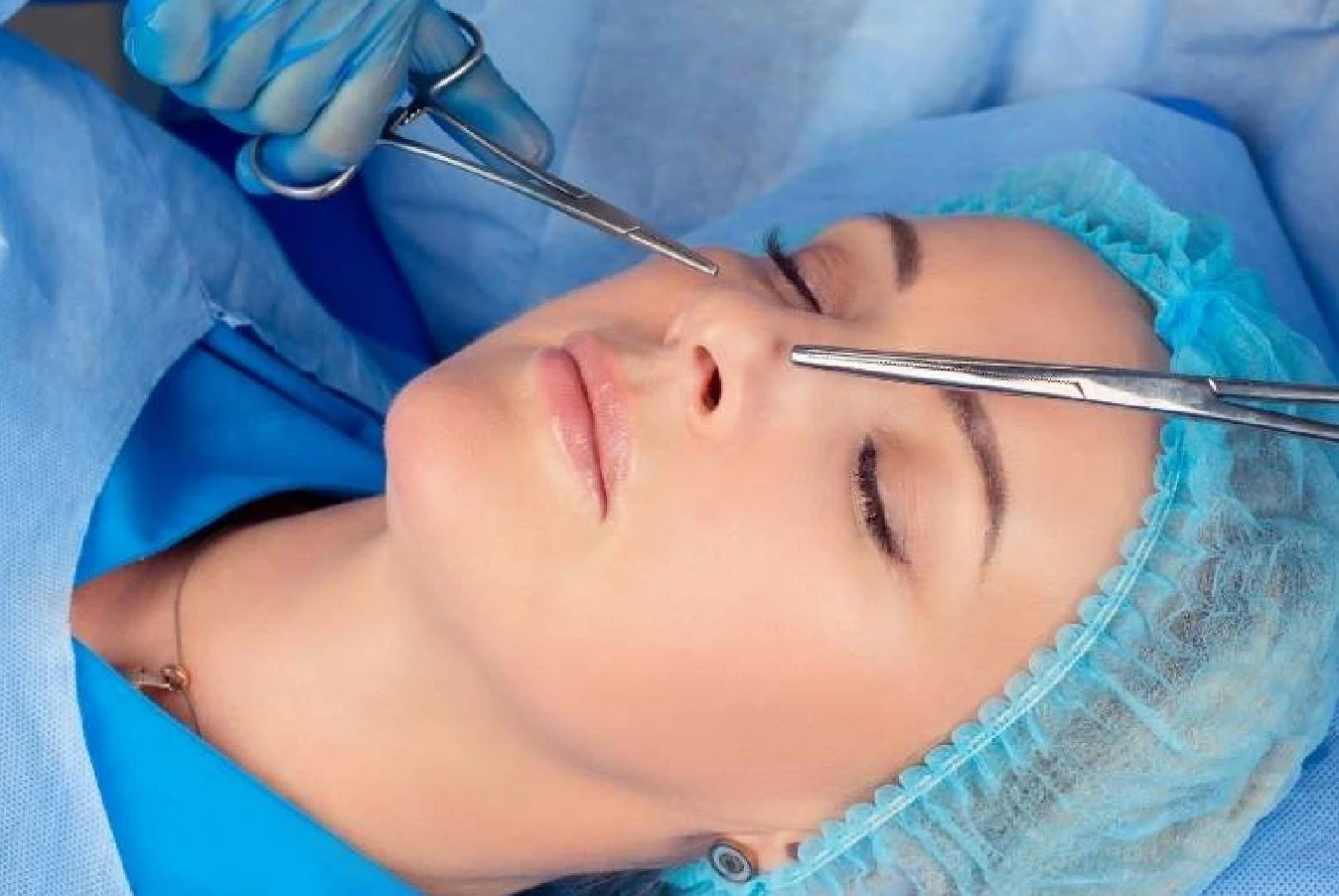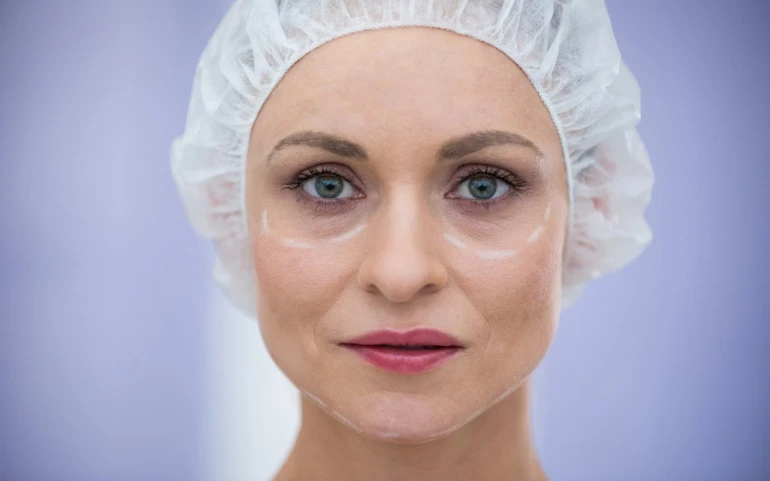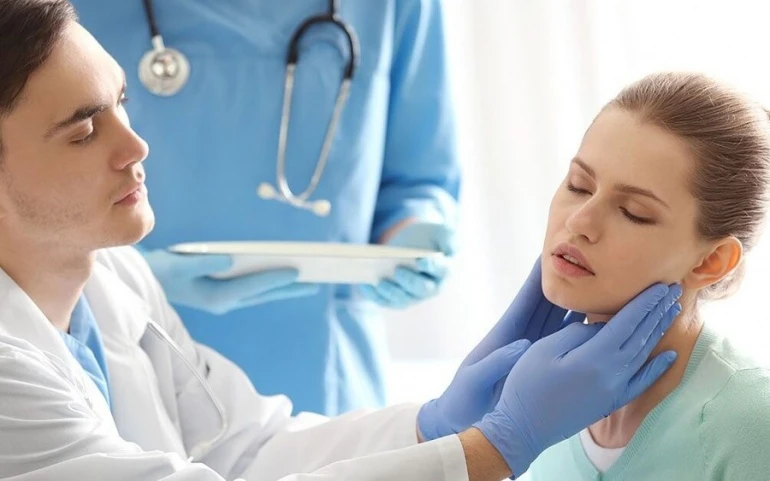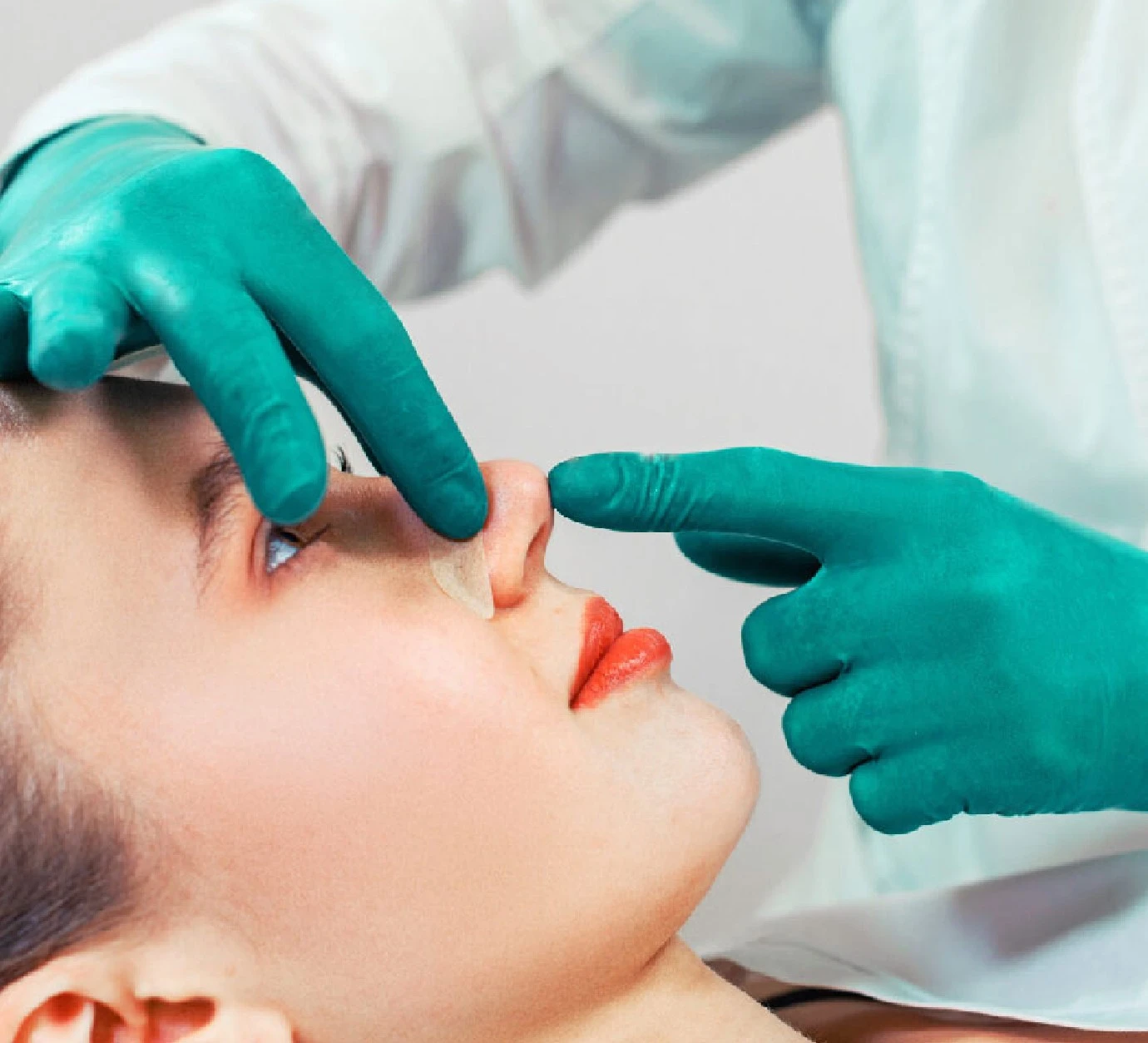What is Rhinoplasty (Nose Job)?
Rhinoplasty is a plastic surgery that changes the nose's appearance and function. Rhinoplasty is one of the most preferred cosmetic procedures that can be used to change the nose size, shape, and angle and correct breathing problems caused by structural abnormalities.
While Rhinoplasty is primarily performed for cosmetic reasons, it can also correct structural abnormalities affecting breathing. In addition, the surgery can help to alleviate symptoms such as congestion, snoring, and sleep apnea.
Like any surgical procedure, Rhinoplasty carries risks, including bleeding, infection, and adverse reactions to anaesthesia. Patients should also be aware that the procedure results may take several months to become evident fully. However, for those unhappy with the appearance or function of their nose, Rhinoplasty can be a safe and effective solution.



